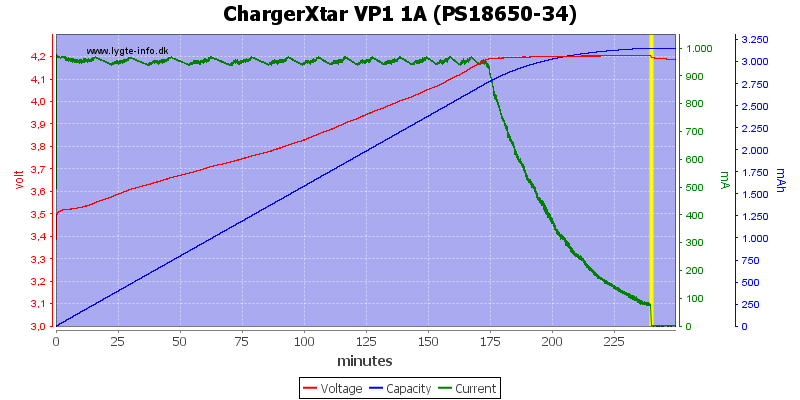Designing a lithium ion battery charger
Hi guys. I am going to be building a lithium ion battery charger and would like some input on features etc. I've got the schematic about 80% done right now but keep thinking of things to improve it.
Maybe someone might want one if it turns out nice.
Here's what I'm thinking:
1) keep the cost under $20
2) make it simple to use with a few user selectable inputs such as charge current, voltage termination, and start/stop button.
3) no LCD or LED display to have to navigate through
4) want it be able to be used in the vehicle or via solar system (12v) and via USB charging port or computer.
5) want it to be at least 85% efficient
6) want to be able to monitor charge current and battery voltage via external DVM
Now the problem for me is mechanical packaging. The electrical part is the easy part for me as I own the Orcad (Cadence) schematic capture and pcb layout tools. But how to package it.
For my first go round, I am just going to be doing a pcb where the electrical parts are on the bottom side and on the top will be the 12v dc and USB connector, a couple of small tactical feel switches for start/stop and current select and voltage select. Also on the top some surface mount status leds. This pcb then will be the lid or top to a small Bud Industries plastic box that I envision to be about 3.5" x 2" x 1" or larger if I place the 18650 socket rather than an external cradle.
The first pass will be the prototype to get the electronics all working. I'm also using a PIC microcontroller which will be firmware upgradeable as I work through the issues. The DC to DC converter part I should be OK with as that is where more of my background lies.
I'll update this periodically as it evolves but comments welcome.
Hi guys. I am going to be building a lithium ion battery charger and would like some input on features etc. I've got the schematic about 80% done right now but keep thinking of things to improve it.
Maybe someone might want one if it turns out nice.
Here's what I'm thinking:
1) keep the cost under $20
2) make it simple to use with a few user selectable inputs such as charge current, voltage termination, and start/stop button.
3) no LCD or LED display to have to navigate through
4) want it be able to be used in the vehicle or via solar system (12v) and via USB charging port or computer.
5) want it to be at least 85% efficient
6) want to be able to monitor charge current and battery voltage via external DVM
Now the problem for me is mechanical packaging. The electrical part is the easy part for me as I own the Orcad (Cadence) schematic capture and pcb layout tools. But how to package it.
For my first go round, I am just going to be doing a pcb where the electrical parts are on the bottom side and on the top will be the 12v dc and USB connector, a couple of small tactical feel switches for start/stop and current select and voltage select. Also on the top some surface mount status leds. This pcb then will be the lid or top to a small Bud Industries plastic box that I envision to be about 3.5" x 2" x 1" or larger if I place the 18650 socket rather than an external cradle.
The first pass will be the prototype to get the electronics all working. I'm also using a PIC microcontroller which will be firmware upgradeable as I work through the issues. The DC to DC converter part I should be OK with as that is where more of my background lies.
I'll update this periodically as it evolves but comments welcome.
Last edited:



